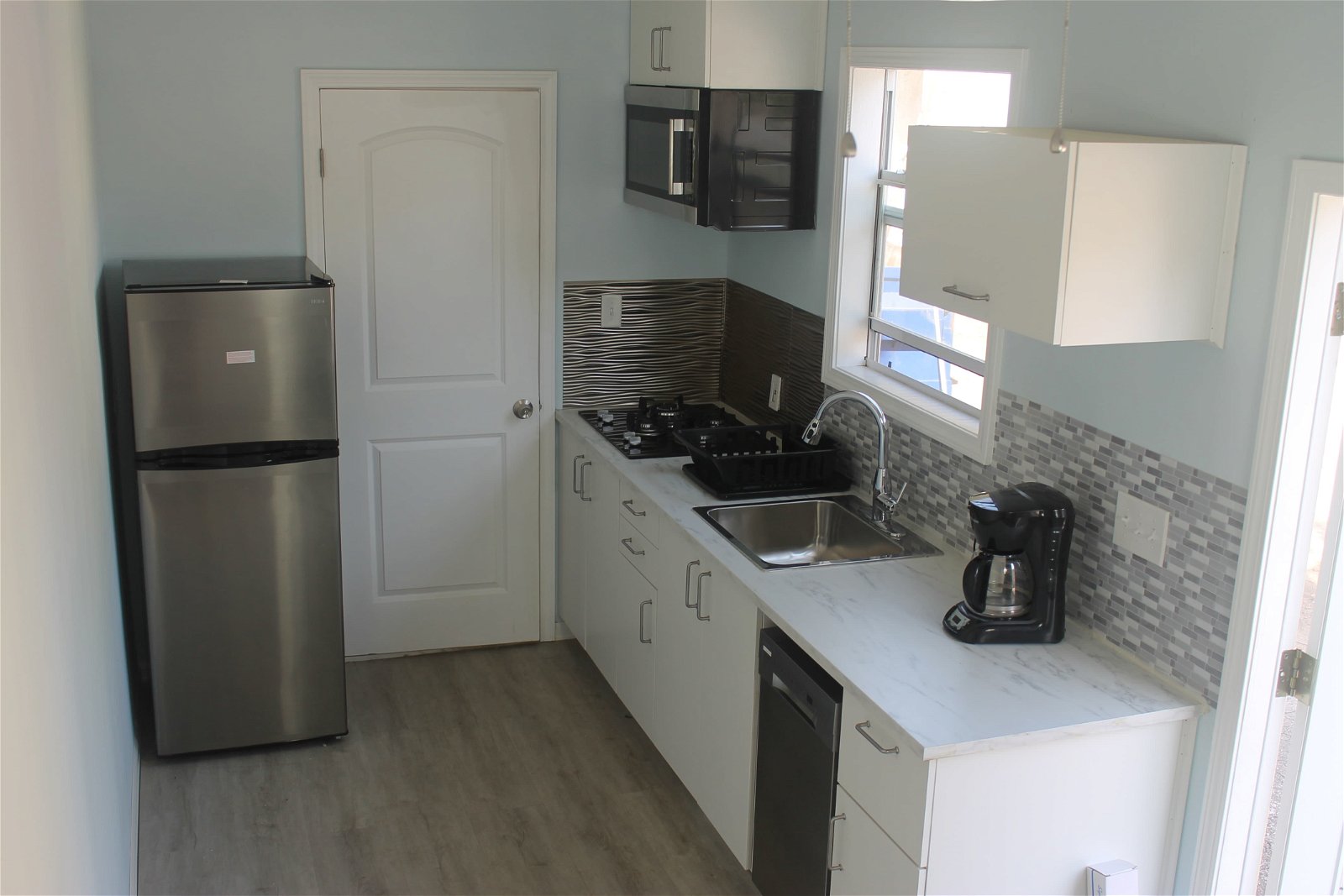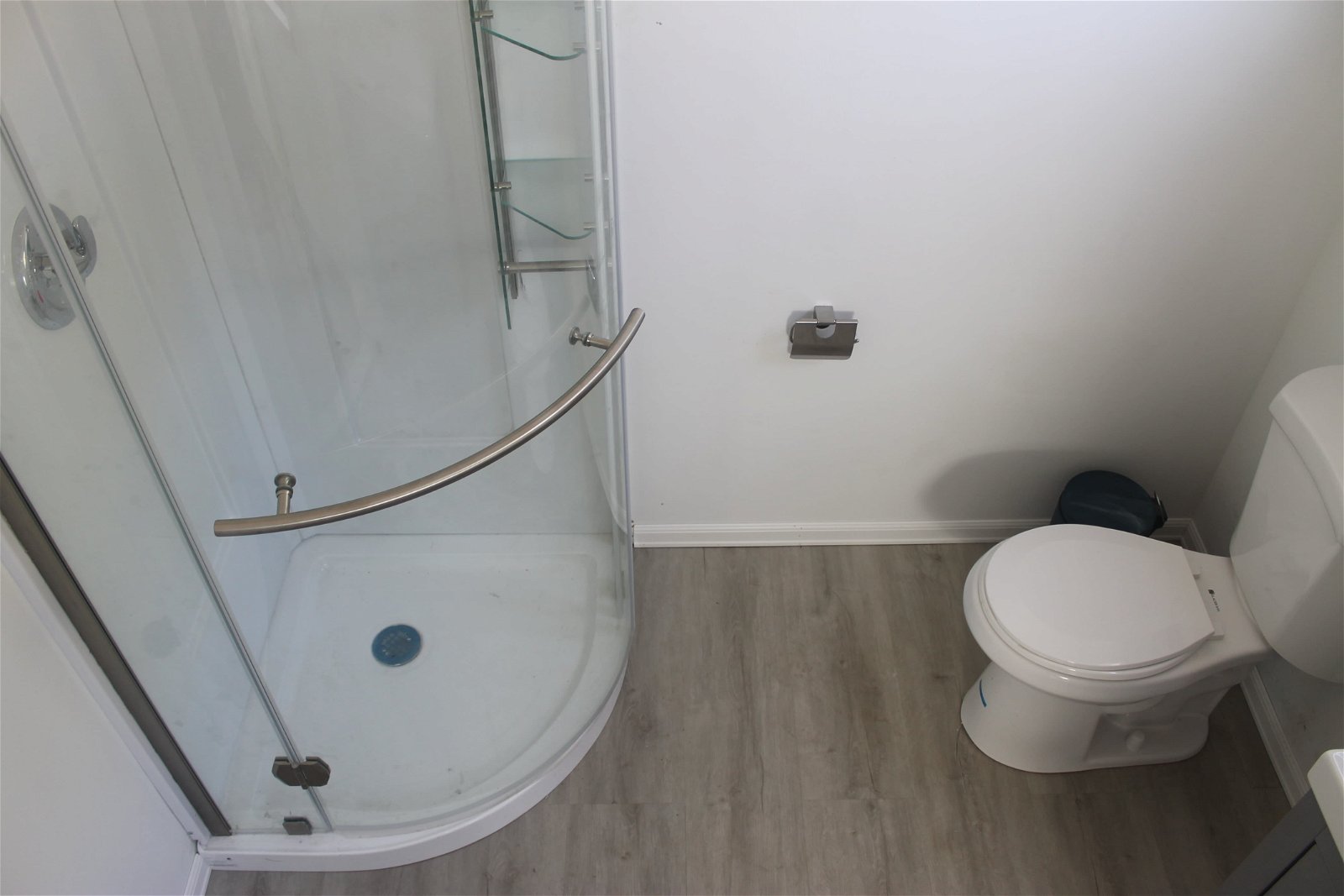Design and Layout Considerations: 1 Bedroom Container House

Designing a 1-bedroom container home presents a unique challenge: maximizing functionality and comfort within a limited space. By carefully considering layout options and incorporating innovative design features, you can create a cozy and efficient living space.
Open-Plan Design
Open-plan layouts offer a sense of spaciousness by eliminating walls between the living area, kitchen, and dining space. This creates a unified flow and makes the home feel larger. For example, the kitchen can be seamlessly integrated into the living area, with a breakfast bar or peninsula serving as a natural divider.
Loft Design
A loft design elevates the sleeping area above the main living space, creating a sense of separation and maximizing floor space. This layout is particularly well-suited for smaller containers, as it allows for a more functional use of vertical space.
Split-Level Design
Split-level designs offer a more traditional layout, with distinct areas for different functions. This can be achieved by incorporating a small platform or raised floor to create a separate bedroom space.
Innovative Design Features
Space-Saving Furniture
Utilizing multi-functional furniture is crucial in a container home. For example, a sofa bed can double as a sleeping space, while a coffee table with storage compartments can provide additional storage.
Built-in Storage
Maximizing storage is essential in a compact space. Built-in shelves, cabinets, and drawers can be incorporated into the walls, maximizing vertical space and minimizing clutter.
Mirrors
Mirrors strategically placed can create an illusion of more space, reflecting light and making the room feel larger.
Natural Light
Maximize natural light by using large windows or skylights. This can brighten up the space and create a more inviting atmosphere.
Sample Floor Plan, 1 bedroom container house
Here’s a sample floor plan for a 1-bedroom container home, showcasing key features:
| Area | Description | Kitchen | A compact kitchen with a sink, stovetop, and small refrigerator. | Bathroom | A small bathroom with a shower, toilet, and vanity. | Living Area | A comfortable living space with a sofa, coffee table, and TV. | Sleeping Area | A designated sleeping area with a bed and bedside table. |
|---|
This sample floor plan provides a basic framework for a 1-bedroom container home, with the potential for customization based on individual needs and preferences.
Building and Customization

Building a 1-bedroom container home is an exciting and rewarding project that allows for a unique and sustainable living space. It involves a series of steps, from sourcing the container to completing the interior finishes, and offers various customization options to create a personalized and comfortable home.
Sourcing the Container
The first step in building a container home is sourcing a suitable shipping container. Containers come in various sizes, and choosing the right one depends on the desired living space. Standard 20-foot containers offer a compact living space, while 40-foot containers provide more room.
Preparing the Container
Once the container is acquired, it needs to be prepared for conversion into a home. This involves cleaning the interior and exterior, removing any rust or damage, and preparing the container for insulation and finishing.
Insulation and Climate Control
Proper insulation is crucial for maintaining a comfortable temperature inside the container home, especially in extreme climates. Various insulation options are available, including spray foam, fiberglass batts, and rigid foam boards.
Interior Finishes
After insulation, the interior of the container can be finished to create a comfortable and aesthetically pleasing living space. This includes adding drywall, flooring, painting, and installing fixtures like lighting and electrical outlets.
Exterior Cladding
The exterior of the container can be customized with various cladding options to enhance its appearance and provide additional insulation. Common cladding materials include wood siding, metal panels, and composite materials.
Window Placement
Strategic window placement is essential for maximizing natural light and ventilation. Windows can be installed on the sides or roof of the container, depending on the design and orientation of the home.
Essential Tools and Materials
Building a container home requires a range of tools and materials, including:
- Power tools: drill, saw, sander, impact driver
- Hand tools: hammer, screwdriver, tape measure, level
- Safety gear: gloves, goggles, ear protection
- Building materials: insulation, drywall, flooring, siding, paint
- Plumbing and electrical supplies
